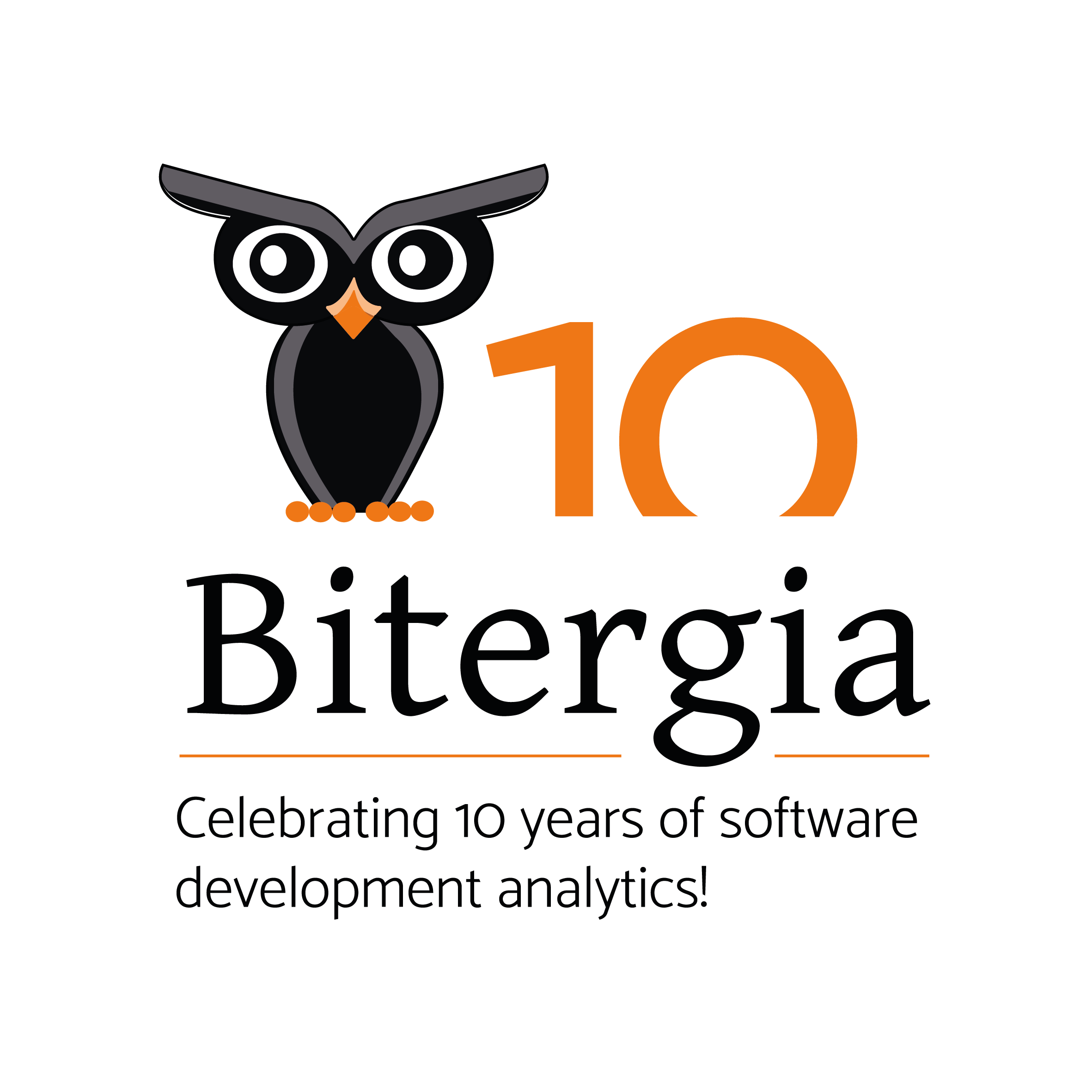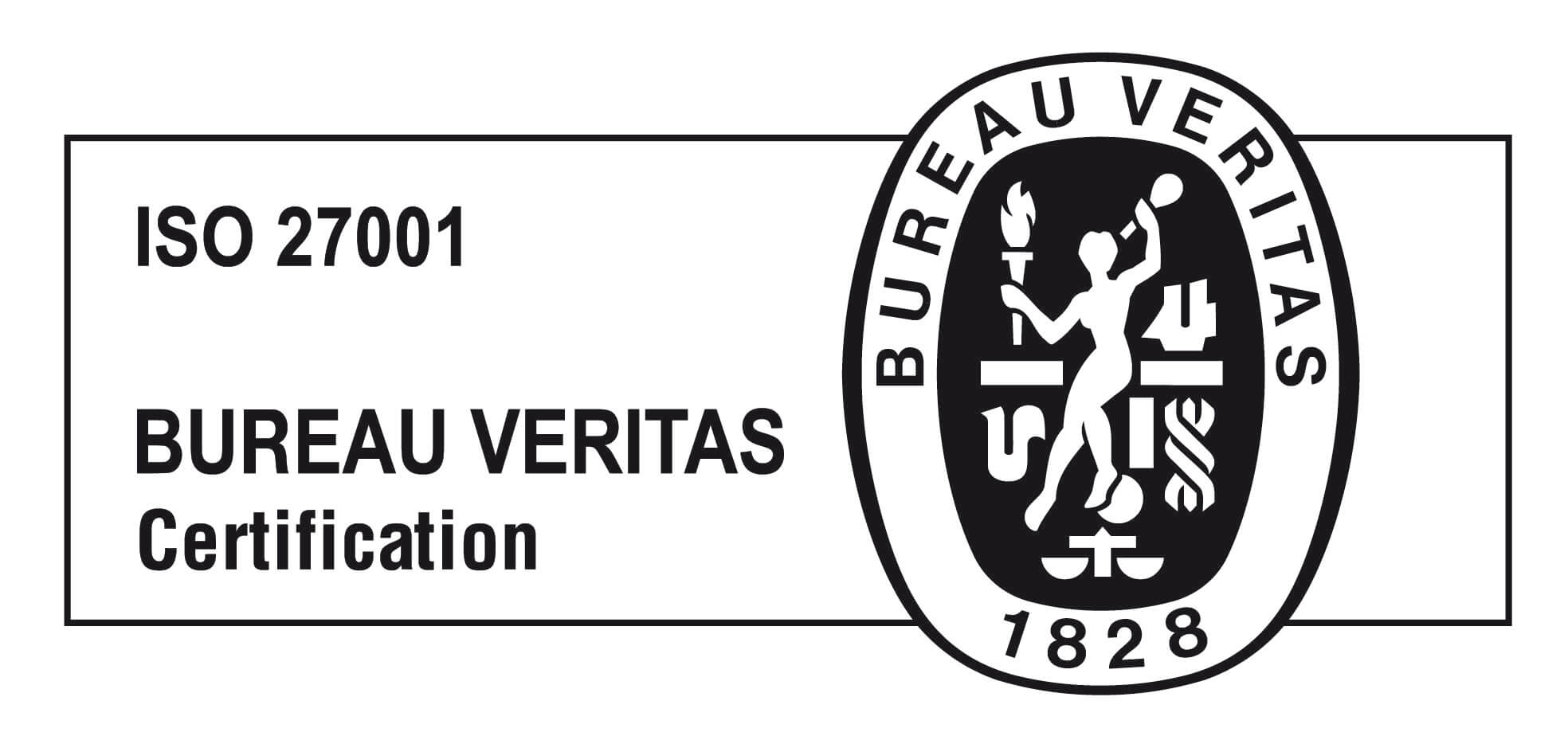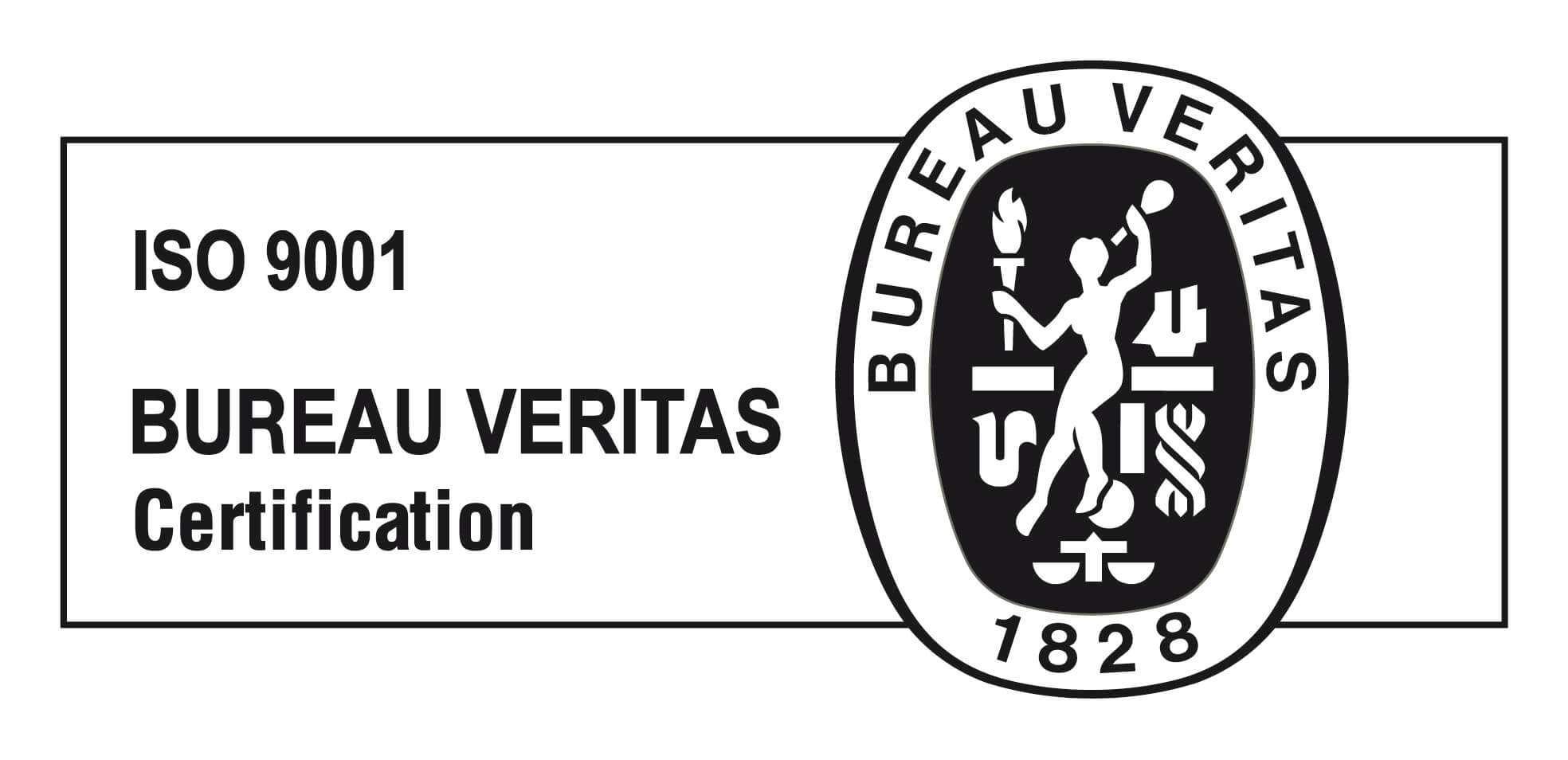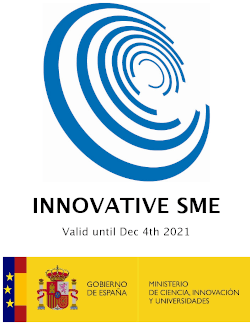Intelligent, open source means taking care of your OSS ecosystem. Being a data-driven OSPO team is important to know about the OSS projects a company releases, contributes, or uses. This blog post focuses on statistics for an important OSPO managers and teams task. What are the common pitfalls when analyzing an OSS Ecosystem and how to solve them?
Open source software communities have been considered in many companies as a marketing asset, so it is quite common to use marketing analytics to track OSPO campaign ROI initially. However, even though community-based marketing strategies have been proven to work to analyze open source communities, we shouldn’t forget that traditional marketing was not created for the developer community as a target.
Focusing on Users vs. Developers within OSS ecosystems
Marketing statistics can be interesting when the main goal is to get users for a certain technology (user technology adoption). However, we are discussing open source projects, where contributor acquisition and engagement (developer technology adoption) are critical for project success and long-term sustainability.
Today, organizational procurement decisions for software are increasingly made by developers who choose some technology over another. If Marketing Analytics is our reference to measure user activity, then Software Development Analytics should be the reference to measure software development activity.
Software Development Analytics is software analytics with a focus on software development that can be applied within OSS ecosystems. Things like talent management (e.g. analyzing the contributor growth or sustainability risk ) or company footprint (analyzing things like organizational share, community affiliation, or time management) can be easily measured with this resource.
Measuring ROI in Other Ways
Another interesting issue is how marketing analytics calculates ROI and how Software Development Analytics does it.
OSPO ROI is less about generating sales, converting leads, or increasing brand awareness as marketing campaigns do. In fact, OSPOs have completely different goals, including:
- Talent retention and acquisition
- Deployment efficiency and innovation
- Community health improvement
- Increase contributions to upstream OSS projects
- Become a more cost-effective organization
Specifically, OSPOs can create value for a business in many ways and directly affect project innovation, talent acquisition or even community health. Let’s see three common examples:
- OSPO could define policies to allow employees to contribute to upstream projects. This should reduce the need of maintaining internal forks. Company would become a more cost-effective organization, a better open source citizen, and saved resources could be invested in new ideas or projects.
- OSPO can manage the release of some company components as open source software and foster a healthy community around them. This should increase the quality of such components in a more cost-effective way. Better software components should mean better quality of company’s services.
- OSPO knows which OSS projects are being used by the company, and by supporting them (financially or any other how) should help to have a healthier OSS ecosystem that should reduce company tech risks in the future
Different ROI directly affects how it is measured: While Marketing is focused on lead conversion funnels, things are not so clear when we are trying to measure contributors. The goal is to measure how fast a community solves issues, or who the core developers from a project are, how many developers a project depends on or whether a project is growing it’s number of contributors over time. These things are measured with software development analytics. Therefore OSPO Managers should look at software development analytics for demonstrating their ROI.
Closing thoughts
We have seen the difference between analytics about users vs. contributors within OSS ecosystems. Depending on your goals and what ROI means to you, consider the appropriate analytics and reporting framework. When your goals are sales generation and brand awareness, then look at marketing analytics. If your goals are talent retention and acquisition, deployment efficiency and innovation or community health, then look at software development analytics.
Bitergia has been working with several OSPOs, OSPO Managers, and software development teams to measure and improve their ROI from the software development projects that matter to them.
Contact us to discuss how Bitergia can help you report ROI and KPIs about the software development projects that matter to you.









